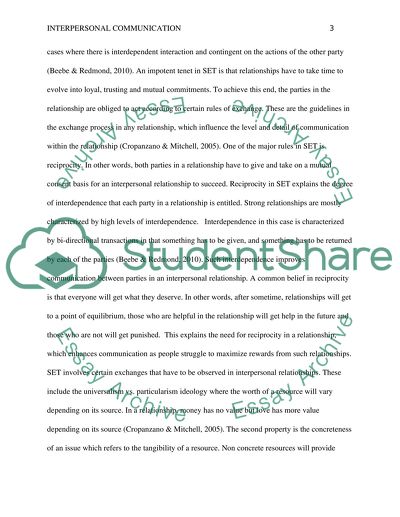Cite this document
(“Interpersonal Communication Essay Example | Topics and Well Written Essays - 1500 words - 1”, n.d.)
Retrieved from https://studentshare.org/sociology/1493526-interpersonal-communication
Retrieved from https://studentshare.org/sociology/1493526-interpersonal-communication
(Interpersonal Communication Essay Example | Topics and Well Written Essays - 1500 Words - 1)
https://studentshare.org/sociology/1493526-interpersonal-communication.
https://studentshare.org/sociology/1493526-interpersonal-communication.
“Interpersonal Communication Essay Example | Topics and Well Written Essays - 1500 Words - 1”, n.d. https://studentshare.org/sociology/1493526-interpersonal-communication.


